Glimpse glacier-capped volcanoes in Iceland or wander Scotland’s Caledonian pine forests. Europe's national parks showcase some of the world's most dramatic landscapes. Whether you're drawn to Norway's towering fjords, Swiss alpine meadows, or the rugged Irish coastline, these protected wilderness areas promise unforgettable adventures.
With over 400 national parks stretching from the Arctic Circle to the Mediterranean, the choices can feel endless. That's why we've handpicked 10 of the most beautiful national parks in Europe.
Our recommendations come from seasoned travel experts and local guides who've explored these destinations themselves. Read on for insider knowledge on the best trails, hidden viewpoints, and times to visit.
- Visit one of these beautiful national parks on a European summer tour

1. Vatnajökull National Park, Iceland
In the Land and Fire and Ice, you’ll find the otherworldly landscapes of the Vatnajökull, one of the most beautiful national parks in Europe.
Spanning 14% of Iceland’s surface, this diverse region is home to some of the country’s top sights. Here, you can witness the transformative power of volcanoes and glaciers and experience the surreal shapes and colours of ice caverns, volcanic craters, and black sand beaches.
One of the best ways to see the park is on foot. For instance, in the Skaftafell Nature Reserve, you can follow the scenic “glacier trail”. This 4-kilometre (2.5-mile) route takes you to Skaftafellsjökull, an outlet glacier of the mighty Vatnajökull ice cap.
Vatnajökull is a reminder of how fast landscapes change. You can literally compare the glacier’s size now to a model made just 10 or 20 years ago at the visitor centre. The difference is striking.
- Kristín, Sustainability Coordinator

For a different perspective on Vatnajökull, consider taking a boat tour or kayaking on the region's glacier lagoons. Most people head straight to Jökulsárlón and the neighbouring Diamond Beach, but don't overlook Fjallsárlón. You’ll see the same stunning icebergs here, but with fewer visitors.
Fjallsárlón is my personal favourite. While Jökulsárlón gets all the fame, Fjallsárlón offers a more intimate experience. You're just 10 minutes away, but you'll find yourself in a quieter, equally spectacular setting.
- Simona, Travel Consultant
If you’re staying in Reykjavík, don’t miss a day trip to Þingvellir National Park. This UNESCO World Heritage Site is packed with natural beauty and history. You can walk between two tectonic plates, North America and Eurasia.
Þingvellir was home to the world’s oldest parliament and is protected by law as a national shrine. In this rift valley, you can follow the same paths where Icelanders first gathered over 1,000 years ago.
Local tip: If you're travelling in summer, join one of the free interpretive hikes led by park rangers at Vatnajökull. You’ll learn about the glaciers, geology and effects of climate change directly from local experts.
- Explore the Land of Fire and Ice on a self-drive tour of Iceland
- Related: Planning a trip to Iceland – Expert tips and ideas
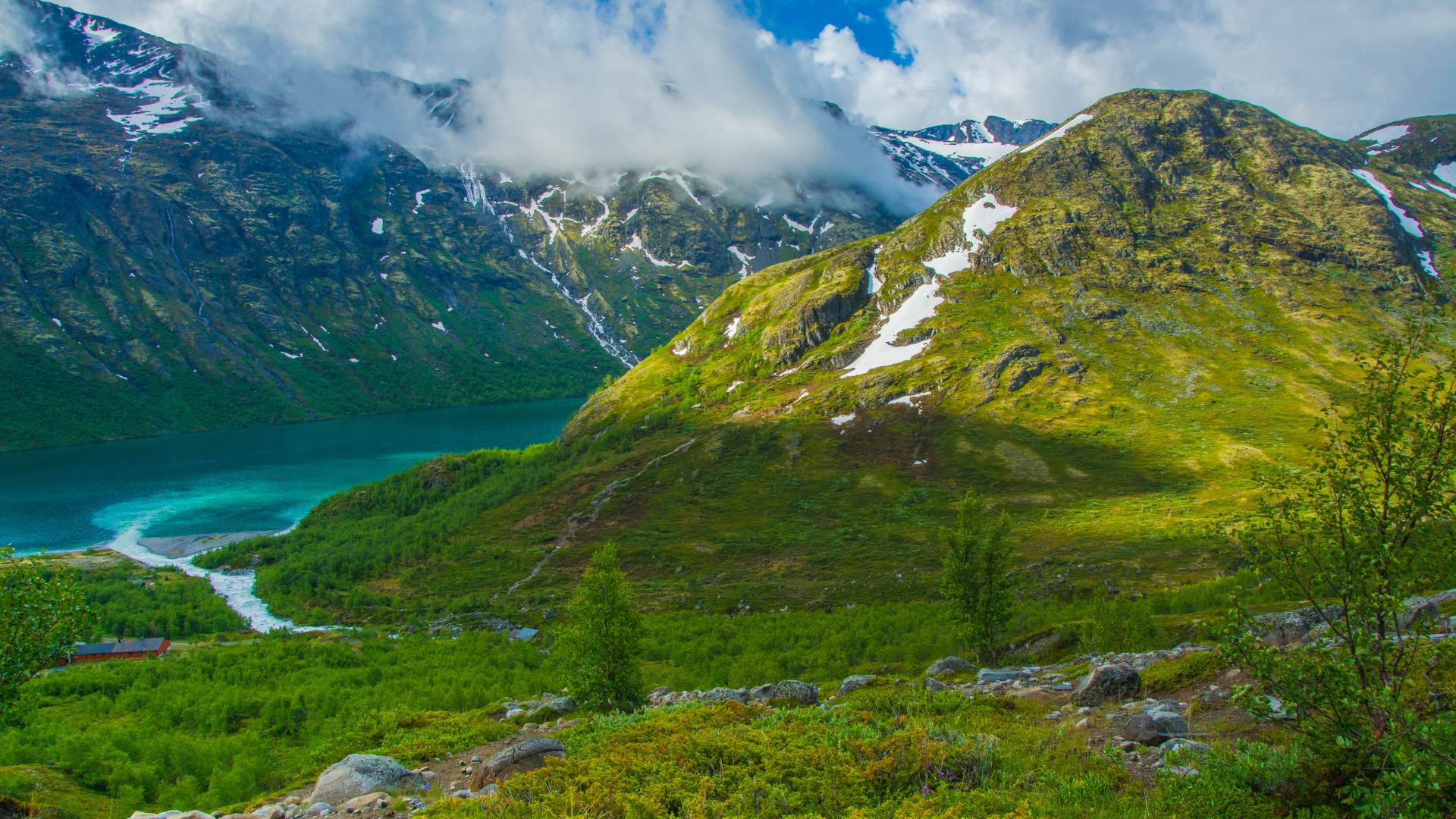
2. Jotunheimen National Park, Norway
Literally meaning “home of the giants”, the Jotunheimen National Park is known for some of Norway’s highest mountains, as well as mythical creatures. In this region, you can experience the dazzling landscapes and ancient folk history of East Norway.
Jotunheimen offers endless opportunities for adventure. One highlight is the Svellnosbreen glacier, where guided tours reveal ice formations in mesmerising shades of blue. Though smaller than some Norwegian glaciers, it's become famous for these extraordinary colours.
For an unforgettable hike, venture onto the Besseggen mountain ridge. You can hike along this iconic ridgeline for striking views of Lake Gjende and the surrounding mountains. The route takes around 8 hours and follows steep, narrow terrain, so it’s best for experienced and confident hikers.
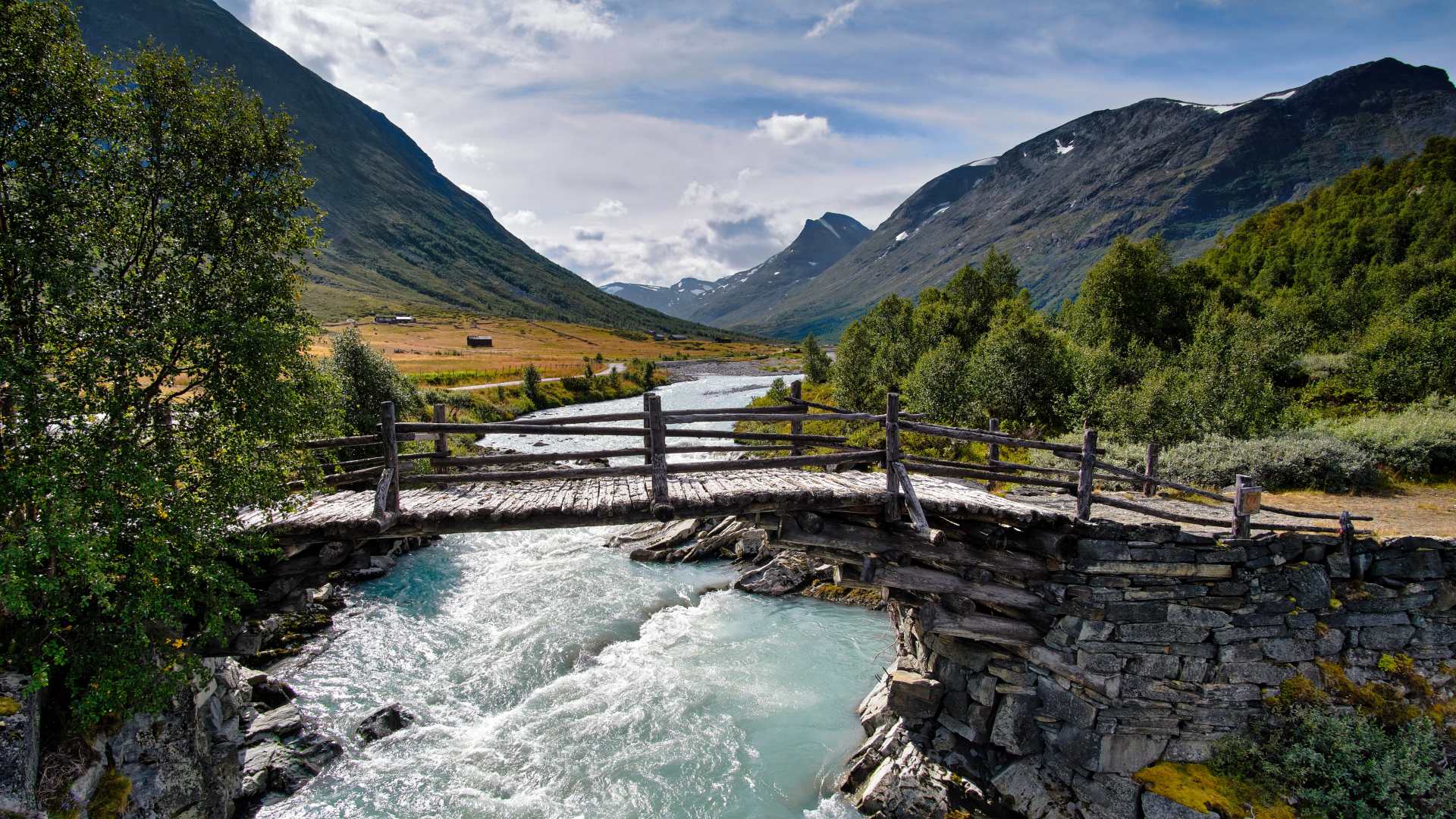
Beyond Besseggen, Jotunheimen offers over 50 marked trails for every ability. For a gentler experience, drive the spectacular Sognefjellsvegen, northern Europe's highest mountain pass, or cruise across Lake Gjende's emerald waters by ferry.
Local tip: Look for souvenirs made by local artisans to help support rural livelihoods. Visitor centres in parks like Vatnajökull and Jotunheimen often stock handmade items, like knitted wool hats or wooden carvings.
For an Arctic retreat, try Svalbard, a Norwegian archipelago that sits between the mainland and the North Pole. In its seven national parks, you can immerse yourself in untouched natural beauty. Plus, you’ll get the chance to see polar bears and the miraculous northern lights.
- See world-famous fjords and more on a Norway fjord cruise and train tour
- Related: Norway in summer – What to see and where to go
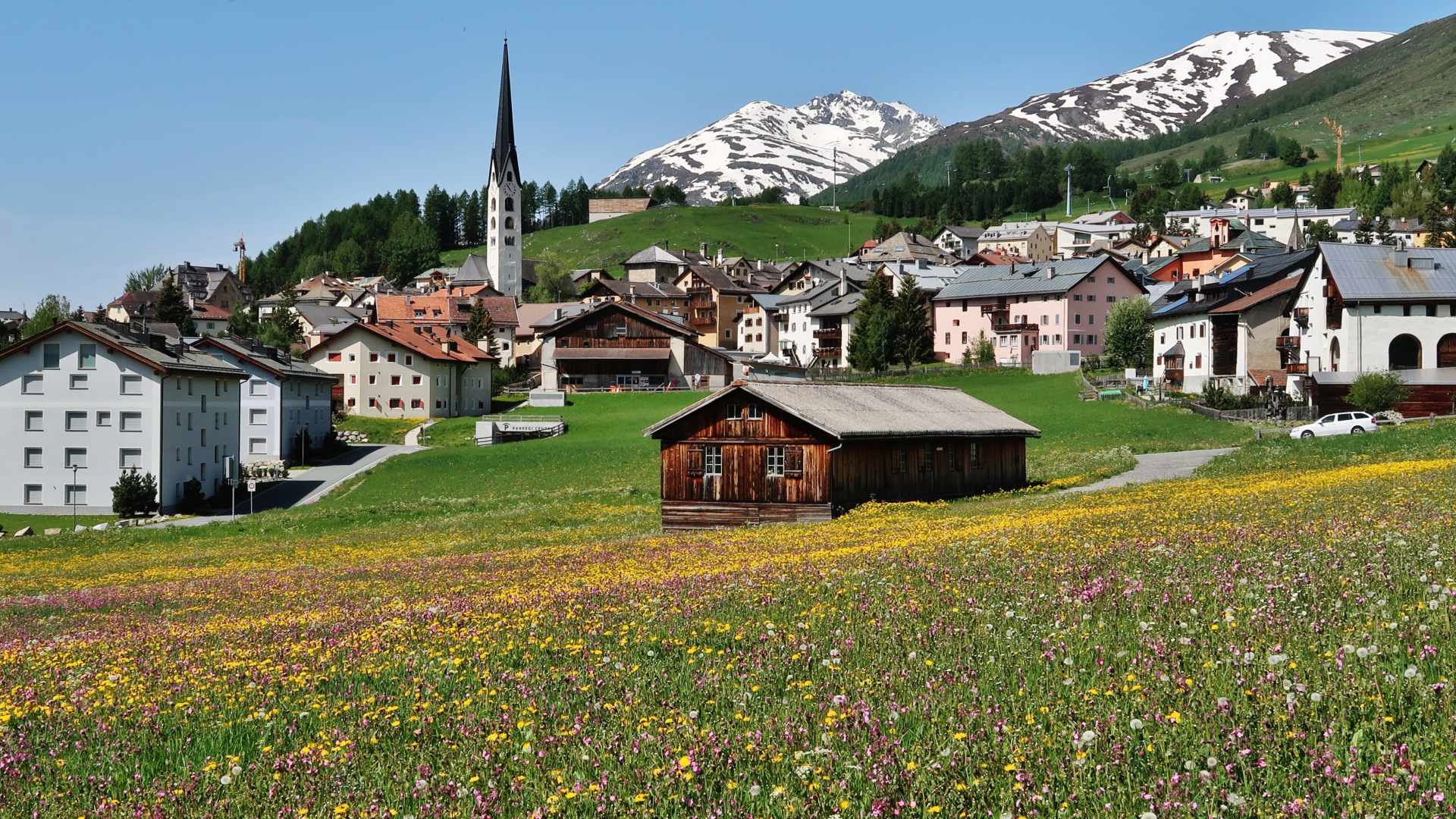
3. Swiss National Park, Switzerland
You’ll find the Swiss National Park nestled in the Alpine region of Engadin. Established in 1914, this is the oldest national park in the Alps – and a wish-list destination for wildlife lovers.
The park makes up the largest wilderness area in Switzerland, so it’s the perfect place to see Alpine flora and fauna. In fact, this national park now forms part of the UNESCO Biosphere Reserve because of its rich biodiversity.
In spring, summer and autumn, the best way to appreciate the region is by hiking. There are around 100 kilometres (62 miles) of way-marked trails across the park, leading you into some of the wildest areas of central Europe.
- Related: Best train journeys in Switzerland
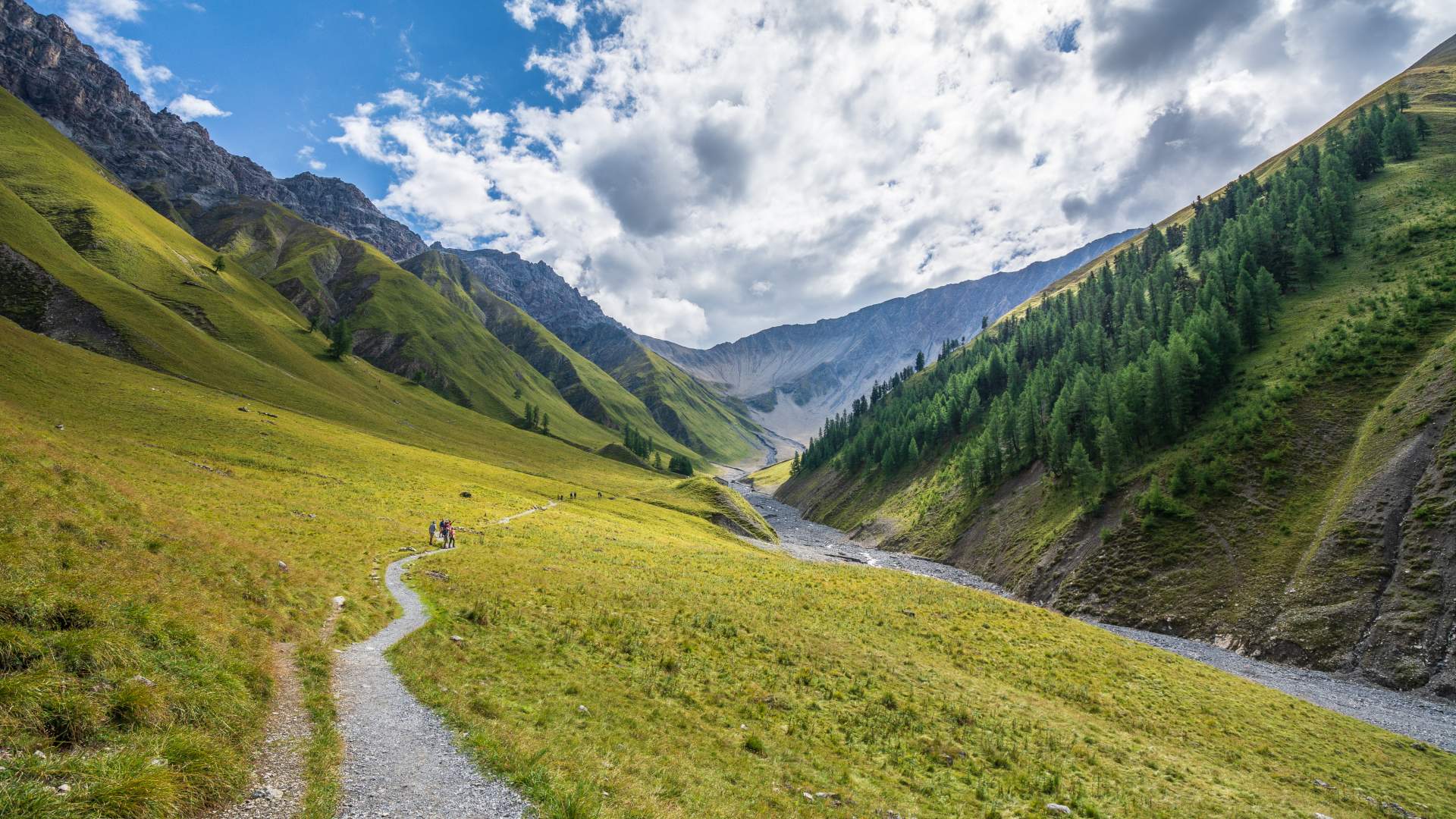
The 9.5-kilometre (5.9-mile) Alp Trupchun trail offers wildlife watching without the workout – perfect for spotting bearded vultures, ibex and chamois. More ambitious hikers can tackle the 21-kilometre (13-mile) trek from Zernez to Macun Lake plateau, where 23 pristine alpine lakes reward their efforts with unforgettable views.
Just make sure to stay on the paths and follow Leave No Trace principles during your visit – a must in this reserve. As a wilderness area, the Swiss National Park has strict rules to protect its natural environment.
End your trip with a stop at the visitor centre in Zernez. In its exhibitions, you’ll learn more about the crucial work being done to protect this park and its creatures.
- Tour the Alps on these top Swiss tour packages
- Related: Best things to do in Switzerland
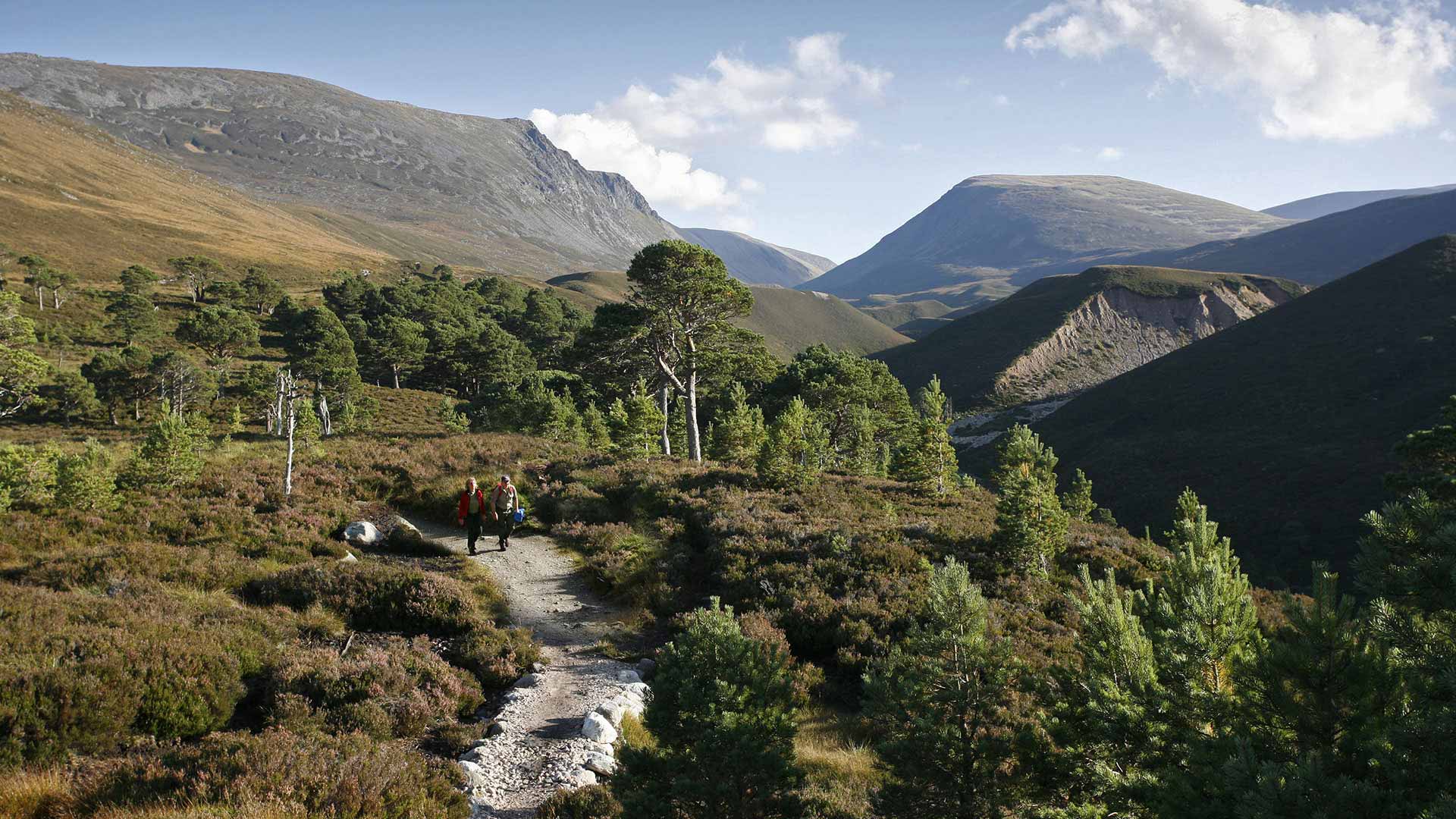
4. Cairngorms National Park, Scotland
A visit to the Cairngorms National Park gives you the chance to experience the rugged Scottish Highlands. This is the UK’s largest national park, and it covers over a quarter of Scotland’s native woodland, giving you space to roam.
If you’re a keen hiker, you can try “bagging” one of the park’s 55 Munros – Scottish mountains over 3,000 feet (914 metres). Or, if you want to enjoy the spectacular views without breaking a sweat, take the funicular railway to the restaurant near the top of Cairngorm.
Alternatively, one of the best ways to take in the forests and glens of the national park is by mountain bike. With its 40 miles (64 kilometres) of off-road cycle routes, a bikeride is a leisurely way to spend a day.
If you want to learn more about local traditions, visit the Highland Folk Museum in Newtonmore, dedicated to bringing the region’s history to life. Fans of the TV series Outlander may find it familiar, as it was used as a filming location for the show.
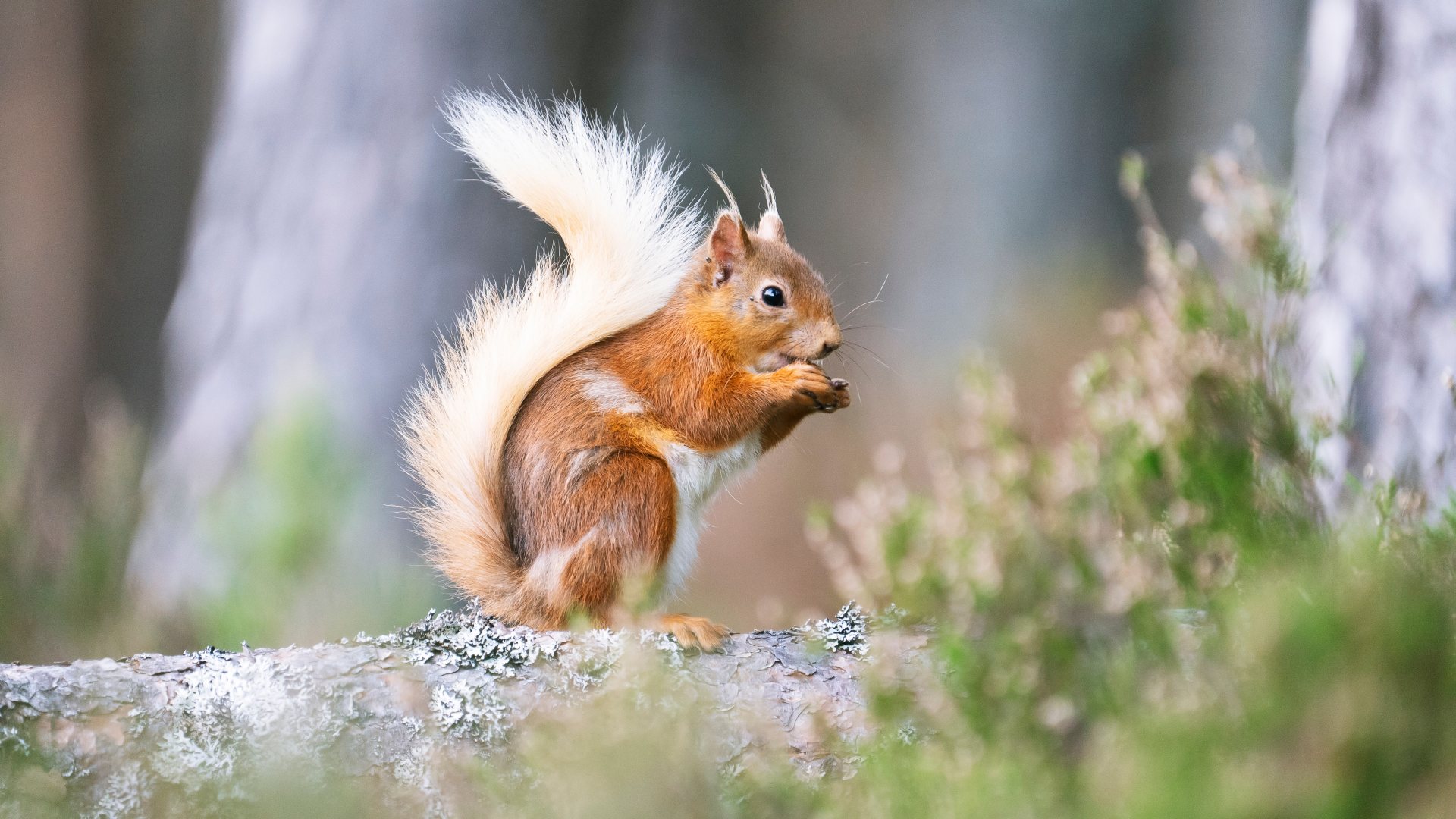
Local tip: Over 25% of the UK’s rare and endangered animal species live in the Cairngorms. Think Red Squirrels, Scottish Wildcats, and Golden Eagles. To protect them, some trails may close during breeding seasons. Check with visitor centres or online before setting off, and always follow signposted guidance.
In the Cairngorms, you’re never far away from the history of the British Royal Family. You can visit Balmoral Castle, one of their royal residences, and a favourite of the late Queen Elizabeth II.
If you’re looking for nature closer to Scotland’s major cities, try the Trossachs National Park. You can explore its 22 lochs and miles of coastline, all less than an hour from Edinburgh and Glasgow.
- Take in the highlights on a Scotland guided small group tour
- Related: Cool Scottish facts you need to know
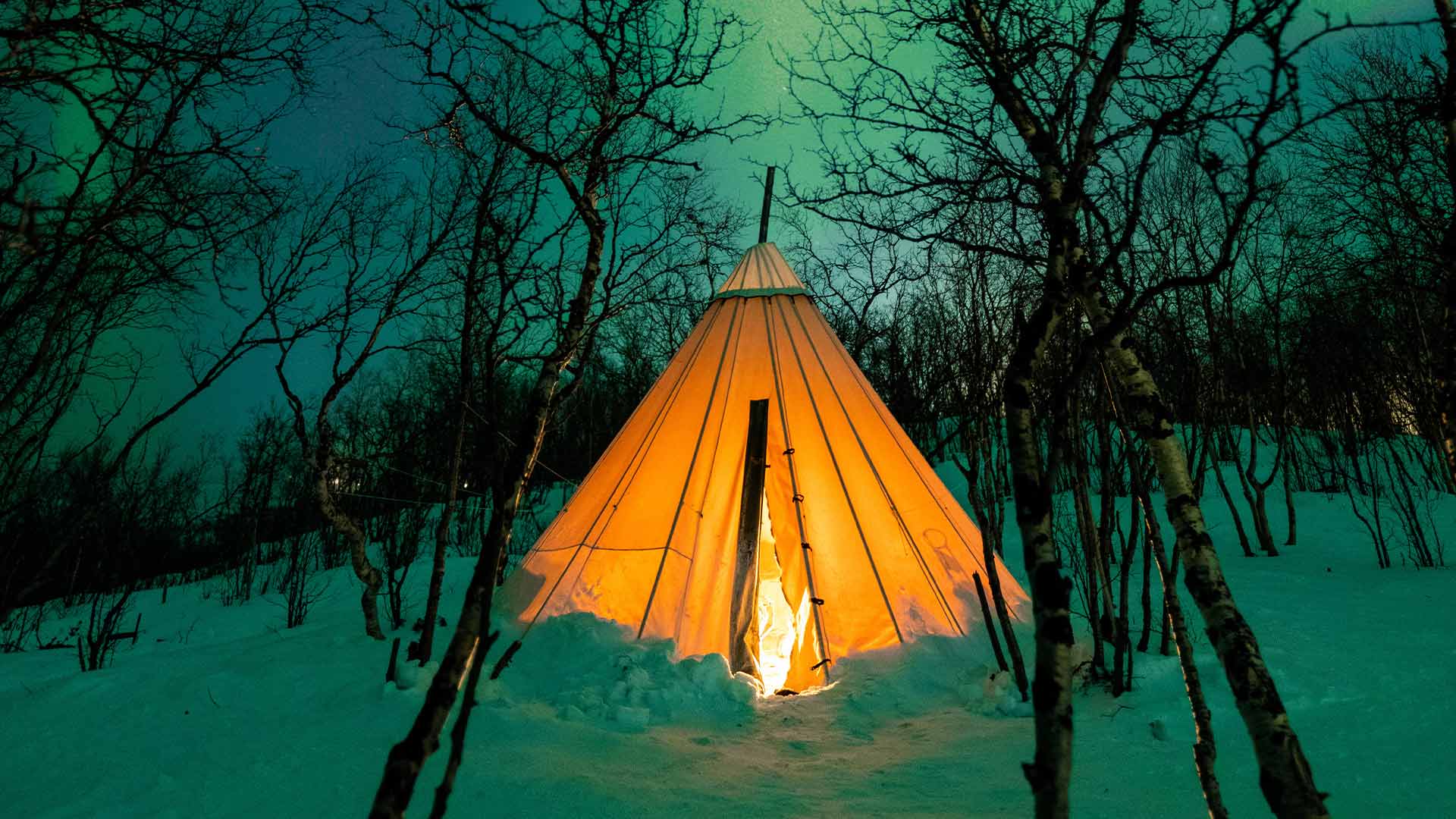
5. Abisko National Park, Swedish Lapland
Head into Europe’s far north and discover the Abisko National Park. Set in Swedish Lapland, it’s an opportunity to see mountains and rapids, go ice fishing, and even stay in an ice hotel.
Far above the Arctic Circle and with minimal light pollution, the Aurora Sky Station is the ideal place to chase the northern lights in winter. Wrap up warm and step into the night for the chance to witness these shimmering curtains of colour.
There’s lots of fun to be had in this winter wonderland during the day, too. Strap on snowshoes for a peaceful walk or join a thrilling snowmobile tour and speed across frozen lakes.
What strikes you first about Abisko in winter is the profound silence. The frozen lakes surrounded by mountains create an almost otherworldly atmosphere.
I visited in March, which I'd recommend. You get decent daylight hours for snowshoeing or dog sledding, but darkness still comes early enough for spectacular northern lights displays.
- Juliette, Travel Consultant
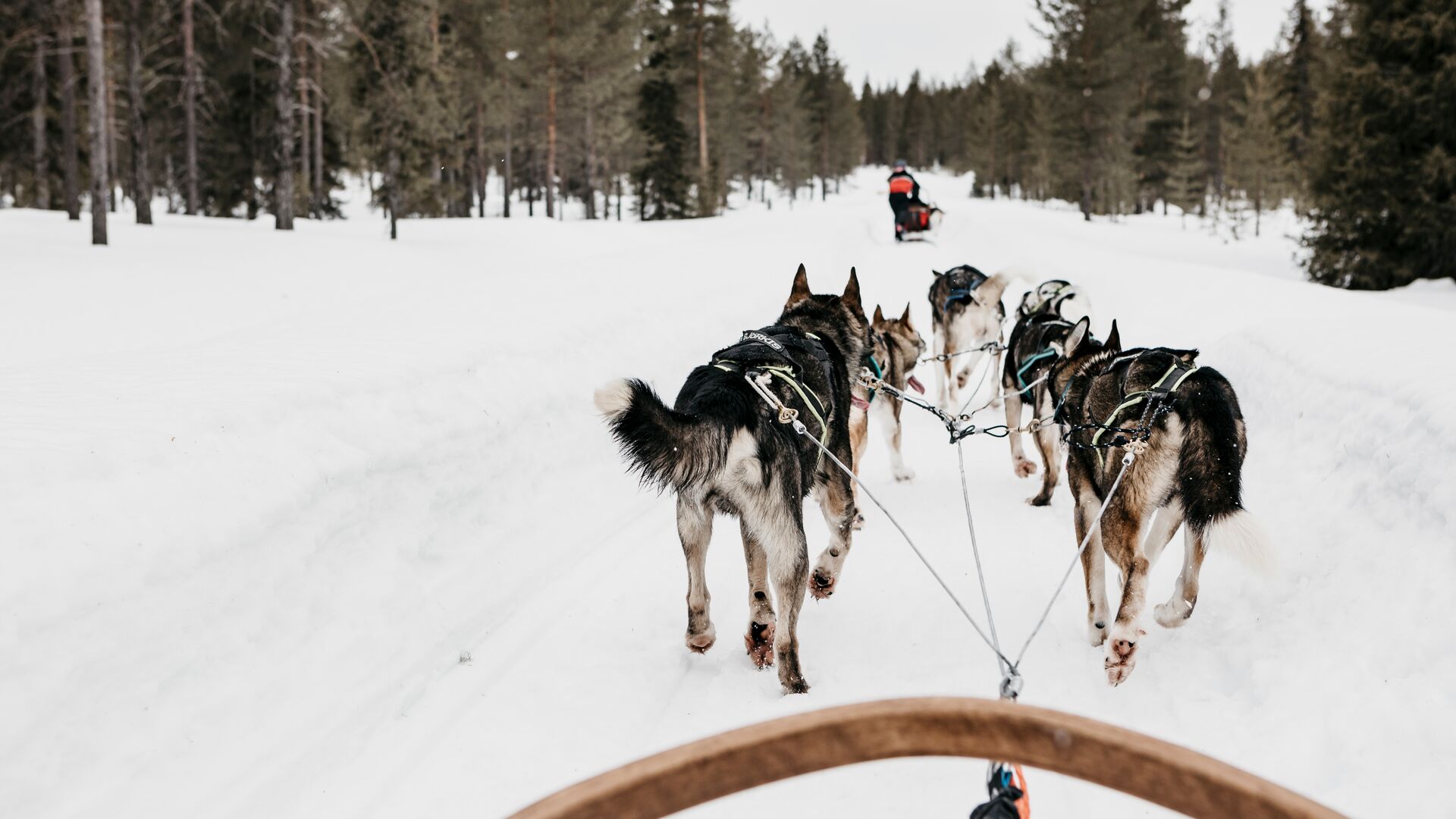
The Indigenous Sámi people have long inhabited Abisko, and you can learn about their way of life at the visitor centre. While you’re here, take the cable car to Mount Njullá to enjoy views of Torneträsk Lake and Cuonjávággi Valley.
Local tip: Thanks to Sweden’s public access law, “Allemansrätten”, you’re allowed to camp almost anywhere in nature, including parts of Abisko. Just make sure to leave no trace and avoid areas with wildlife restrictions or private land.
If you’re looking for a summertime adventure, Ängsö National Park is an ideal destination. Located further south in the Stockholm Archipelago, it makes for a perfect day trip from the capital.
Abisko in summer is a completely different world. Imagine picking wild cloudberries under the midnight sun, filling your water bottle directly from crystal-clear mountain streams, and watching reindeer graze peacefully nearby.
- Jemima, Travel Consultant
- Head to the far north in winter with these winter packages in Swedish Lapland
- Related: Christmas in Lapland – Your complete guide
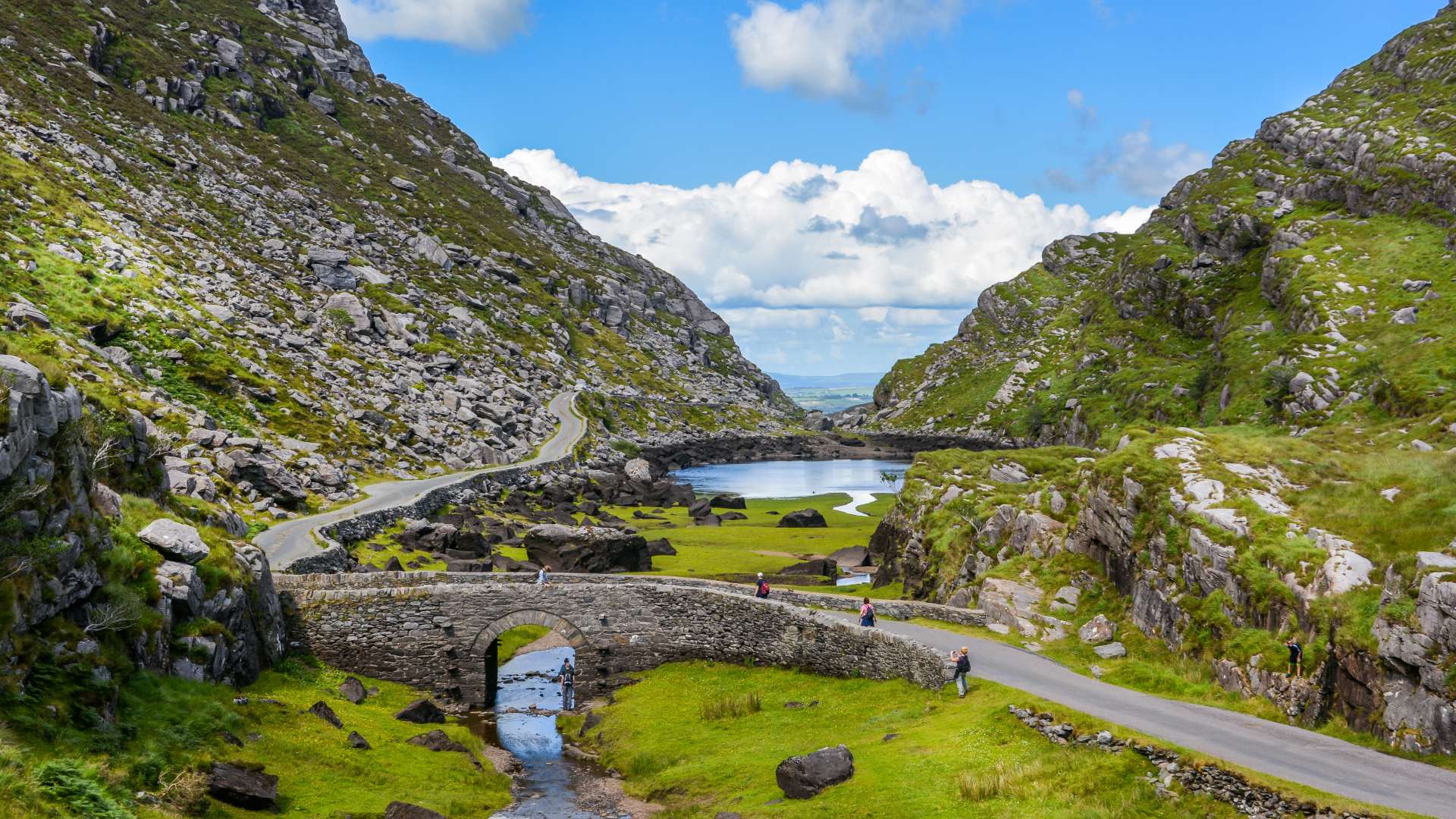
6. Killarney National Park, Ireland
Uncover the rugged romance of County Kerry with a trip to Killarney National Park. On the southern tip of the Emerald Isle, you’ll find history and cultural heritage, as well as breathtaking natural sights.
Start your visit at the 18th-century Killarney House. Here, you can wander through exhibitions on local history and take a guided tour of the grounds. In spring, you can even find the cherry blossoms blooming. Look out for red deer, as the park is home to Ireland’s only remaining indigenous herd.
Local tip: Start your national park visit at the local visitor centre. You’ll find maps, wildlife updates, and practical information on trails and closures.
Step back in time at Ross Castle, on the banks of Lough Leane. Across the water, you can explore the ruins of Muckross Abbey, a Franciscan friary dating back to the 15th century. You’ll find a yew tree in the courtyard, claimed to be as old as the abbey itself.
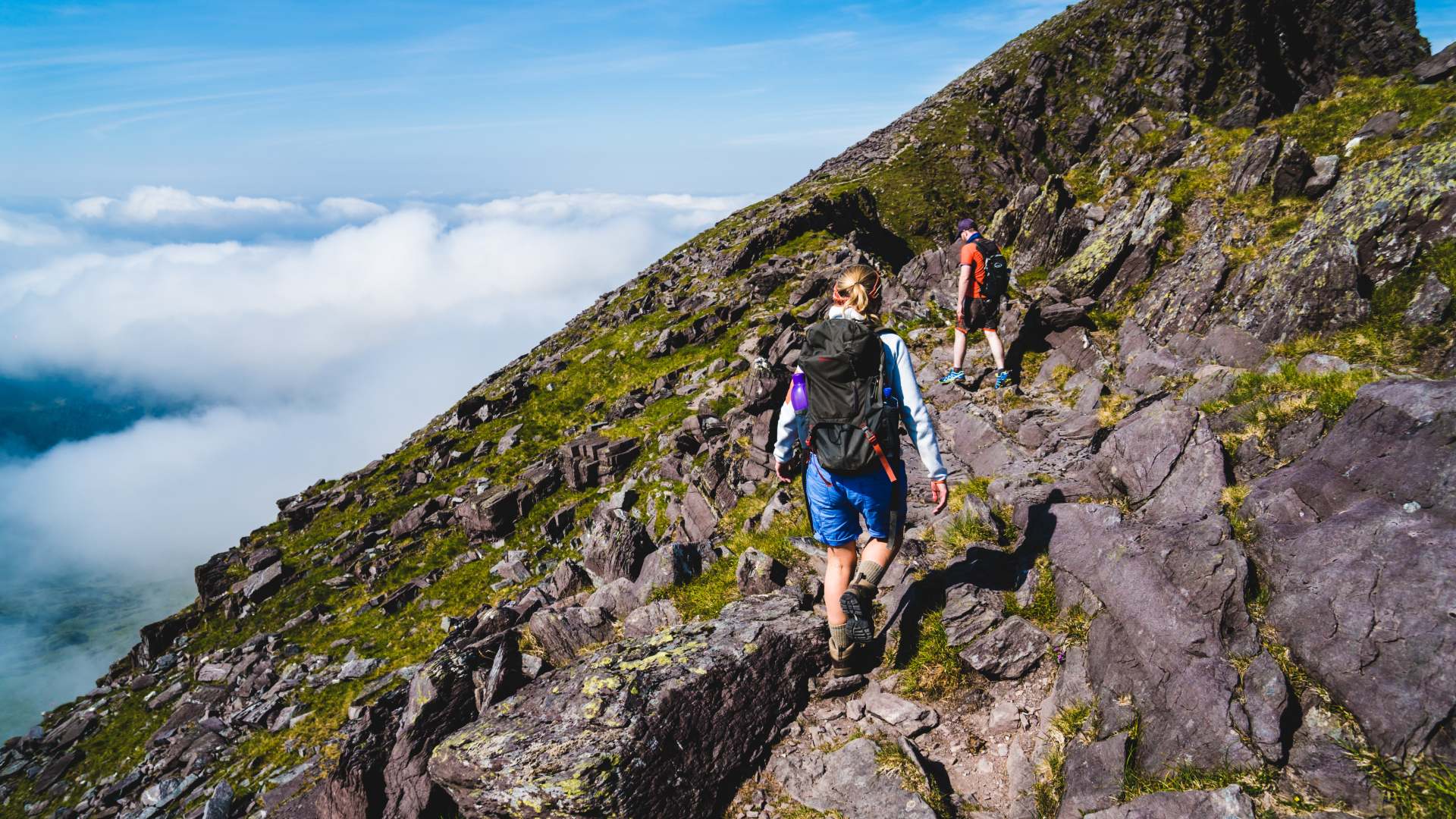
There are a variety of walks to enjoy around the park, including the Old Kenmare Road, which forms part of the Kerry Way long-distance trail. For instance, you can take the 7-kilometre (4-mile) trail through picturesque woodlands, as well as over boardwalks and stepping stones.
Take a traditional 2-wheeled carriage pulled by a horse, known as a “jaunting car”, around the park. It’s a great way to take in the scenery and get local insights from your driver.
As an alternative to Killarney, a few hours north, you’ll find the Burren National Park in County Clare. This region is part of Europe’s largest karst landscape, formed by the erosion of limestone over time. You’ll see limestone pavements, hidden caves, and rare wildflowers.
- Visit Killarney on a privately guided tour of Ireland
- Related: Ireland’s Wild Atlantic Way – Your guide
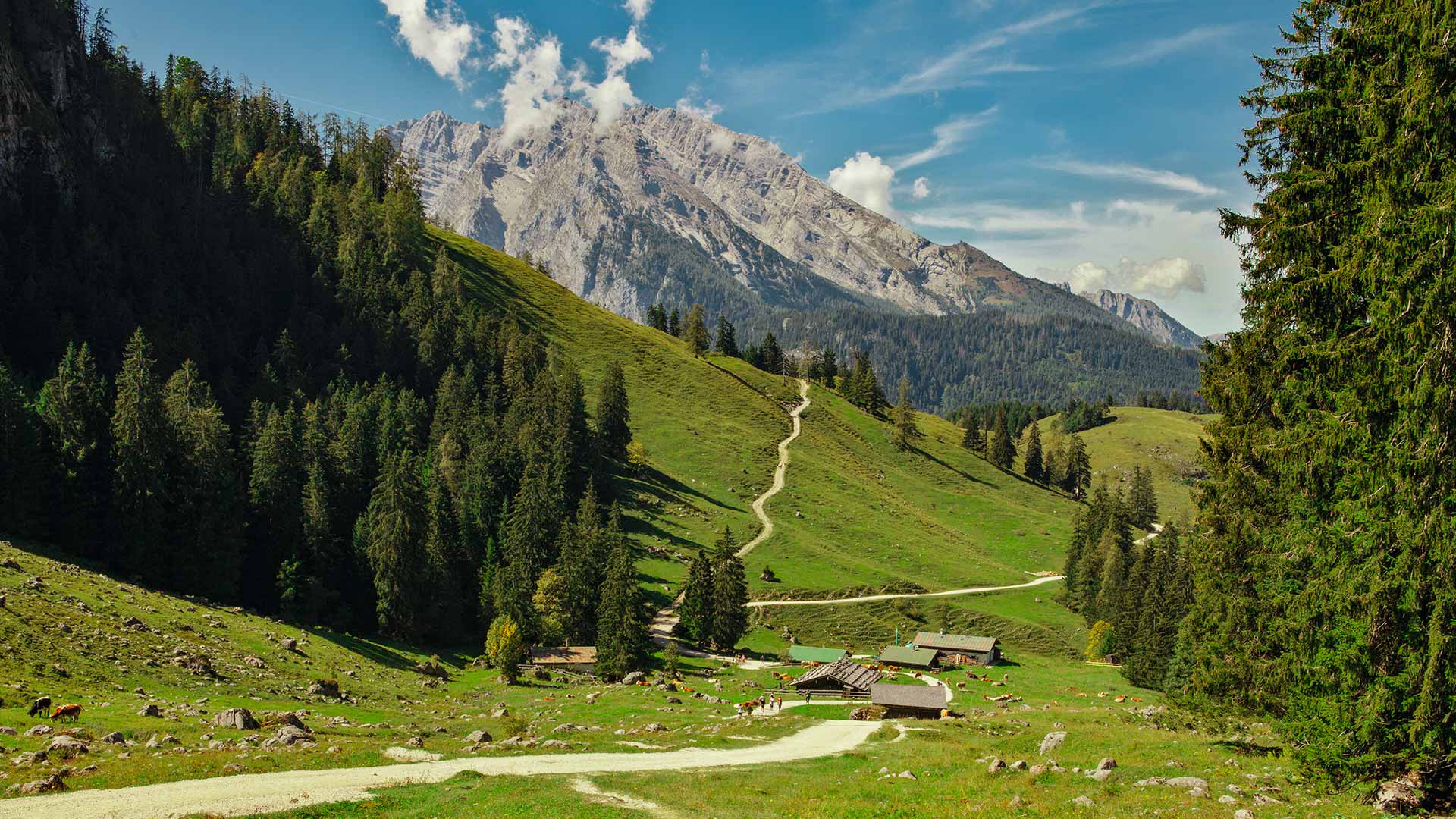
7. Berchtesgaden National Park, Germany
Berchtesgaden is Germany’s only Alpine national park. You’ll find it close to the Austrian border, within easy reach of cities like Salzburg, the picturesque setting of The Sound of Music.
Berchtesgaden's vast forests, glittering glaciers, and deep valleys offer the backdrop to unforgettable experiences. Wander through the many gorges, taking in awe-inspiring rock formations. And don’t miss the mesmerising waterfalls in the gorges of Almbachklamm and Wimbachklamm.
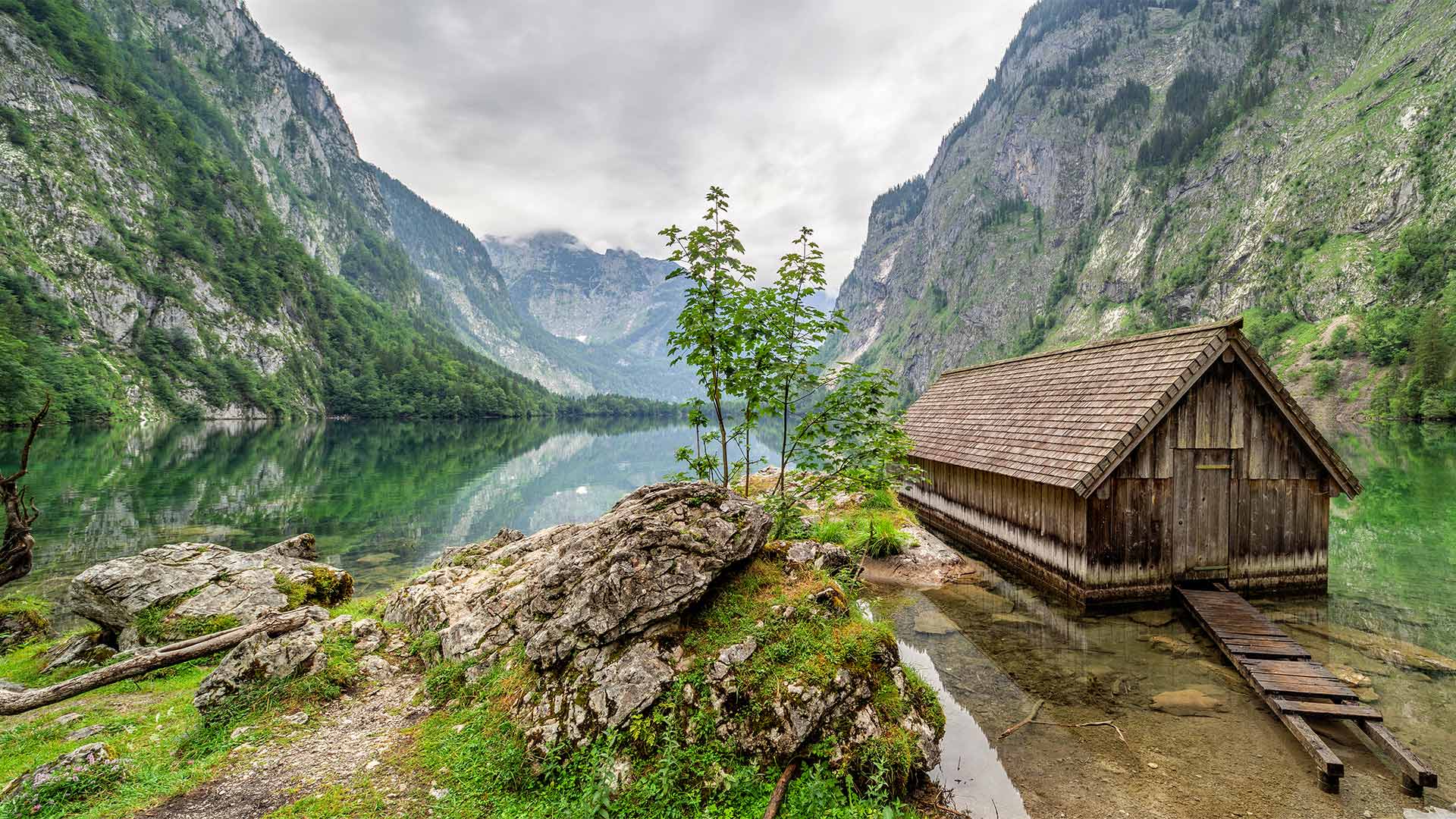
Another must-see is Lake Königssee, with its shimmering waters and the imposing rock walls of Mount Watzmann. To see it at its best, hop aboard an electric passenger ferry or hire a paddle boat to move at your own pace.
If you’re looking for more action-packed adventures, try river tubing, kayaking, or canyoning. Or visit Lake Hintersee, a breathtaking body of water that can be reached via a short path through Zauberwald (the “enchanted forest”).
Wildlife lovers won’t be disappointed with this part of the Bavarian Alps either. It’s home to red deer, golden eagles and over 700 species of butterflies.
- Experience the best of Bavaria and beyond on a multi-country Alps tour
- Related: Must-see mountains in the Alps
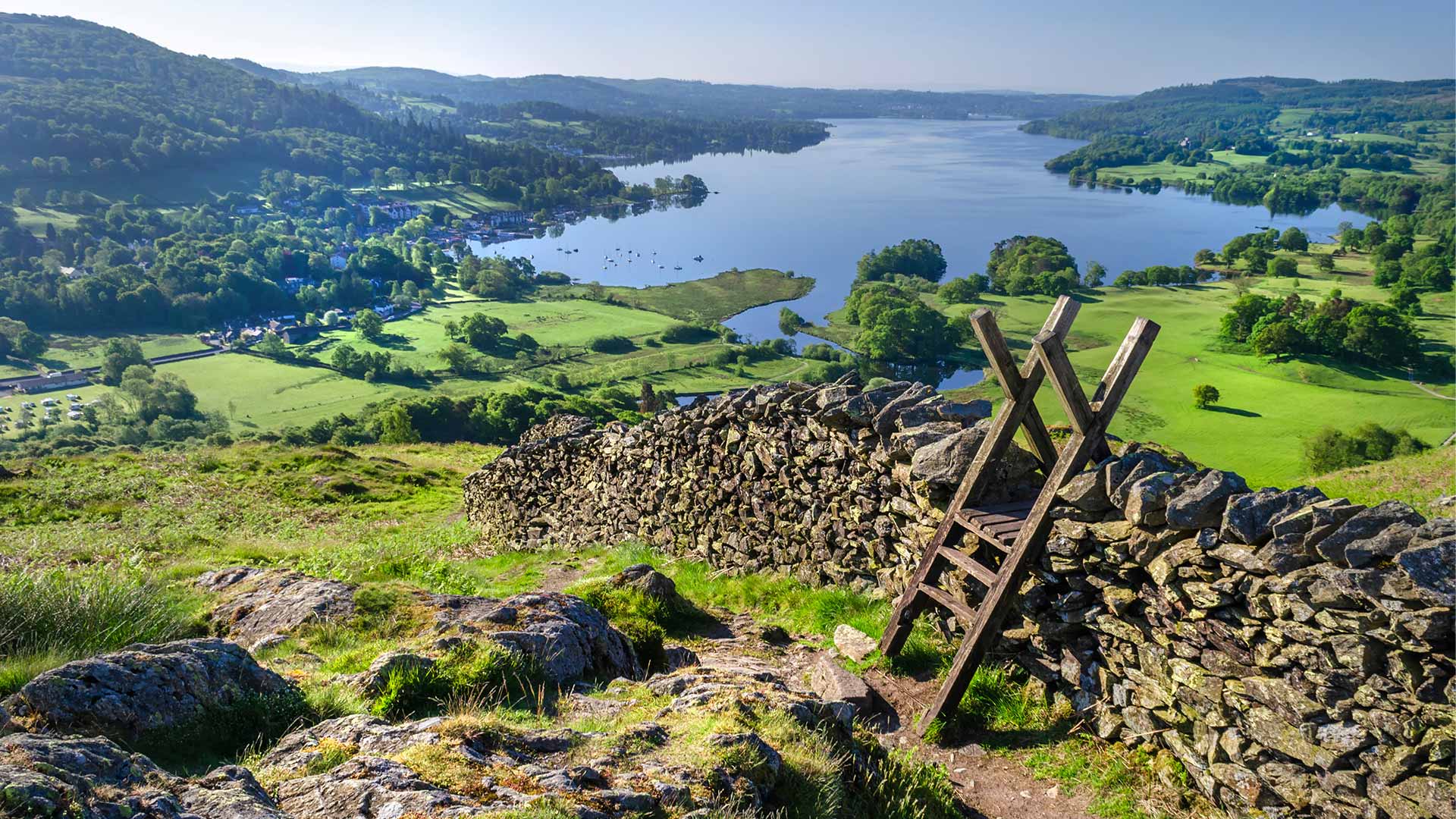
8. Lake District National Park, England
Stone cottages, emerald valleys, and shimmering lakes define the Lake District's legendary landscape. This is England's largest national park – expect the quintessential British countryside experience, complete with whitewashed pubs and sheep-dotted fields.
Water defines this UNESCO World Heritage Site – 16 major lakes nestled between rugged peaks. While Windermere draws many visitors and Wastwater claims the depth record, consider Ullswater for the full experience. Here, traditional steamers glide past mountains that haven't changed since Wordsworth walked these shores in the early 1800s.
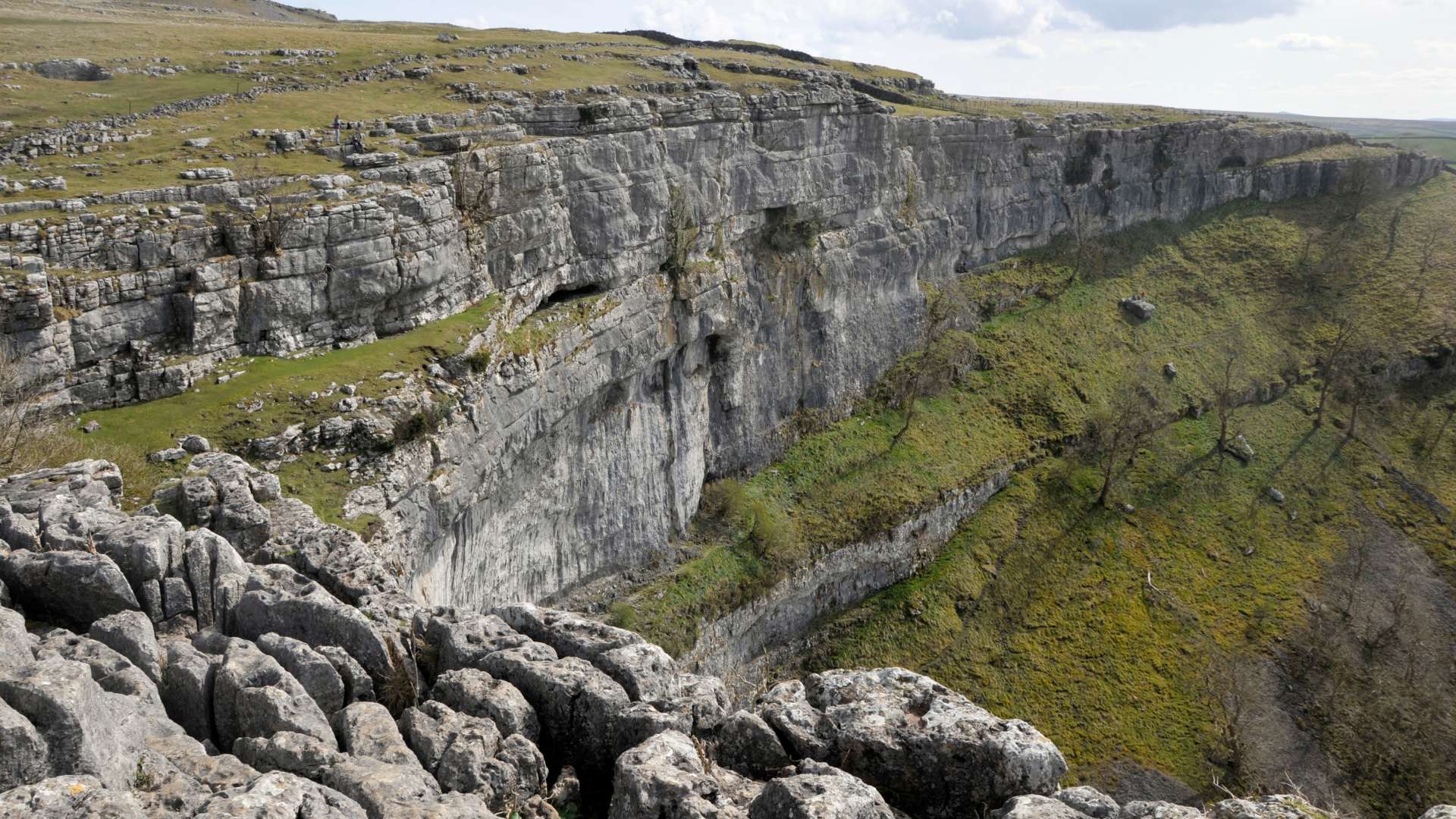
If you love literature, visit Grasmere, the birthplace of William Wordsmith, to discover the landscape that influenced his Romantic poetry. Meanwhile, fans of Beatrix Potter should take a trip to her former home, Hill Top. It’s easy to see how Hawkshead inspired her Peter Rabbit tales.
For another scenic stop, add the Yorkshire Dales to your itinerary. This area is home to rolling hills and the impressive limestone cliffs of Malham Cove. You might recognise this distinctive landscape from the Harry Potter movies.
- See more of the UK’s iconic countryside on an England tour
- Related: Top literary sites to visit on your UK tour

9. Sipoonkorpi National Park, Finland
Escape to Finland, and you’ll find 2 national parks within easy reach of Helsinki. Visiting either Sipoonkorpi or Nuuksio, or both, makes for the perfect addition to a break in the capital.
Summer is a great time to enjoy the dense forests and graceful rivers of Sipoonkorpi, which is just 24 kilometres (14 miles) from Helsinki. Embrace your inner forager and join a berry and mushroom picking tour. You’ll learn how to identify Finland’s local delicacies.
Or, explore some of the park’s many trails. The 1.4-kilometre (1-mile) Byabäcken nature trail packs in the highlights of Sipoonkorpi’s lush green forests and open fields. If you have more time, there are longer routes that let you delve deeper into the landscape.
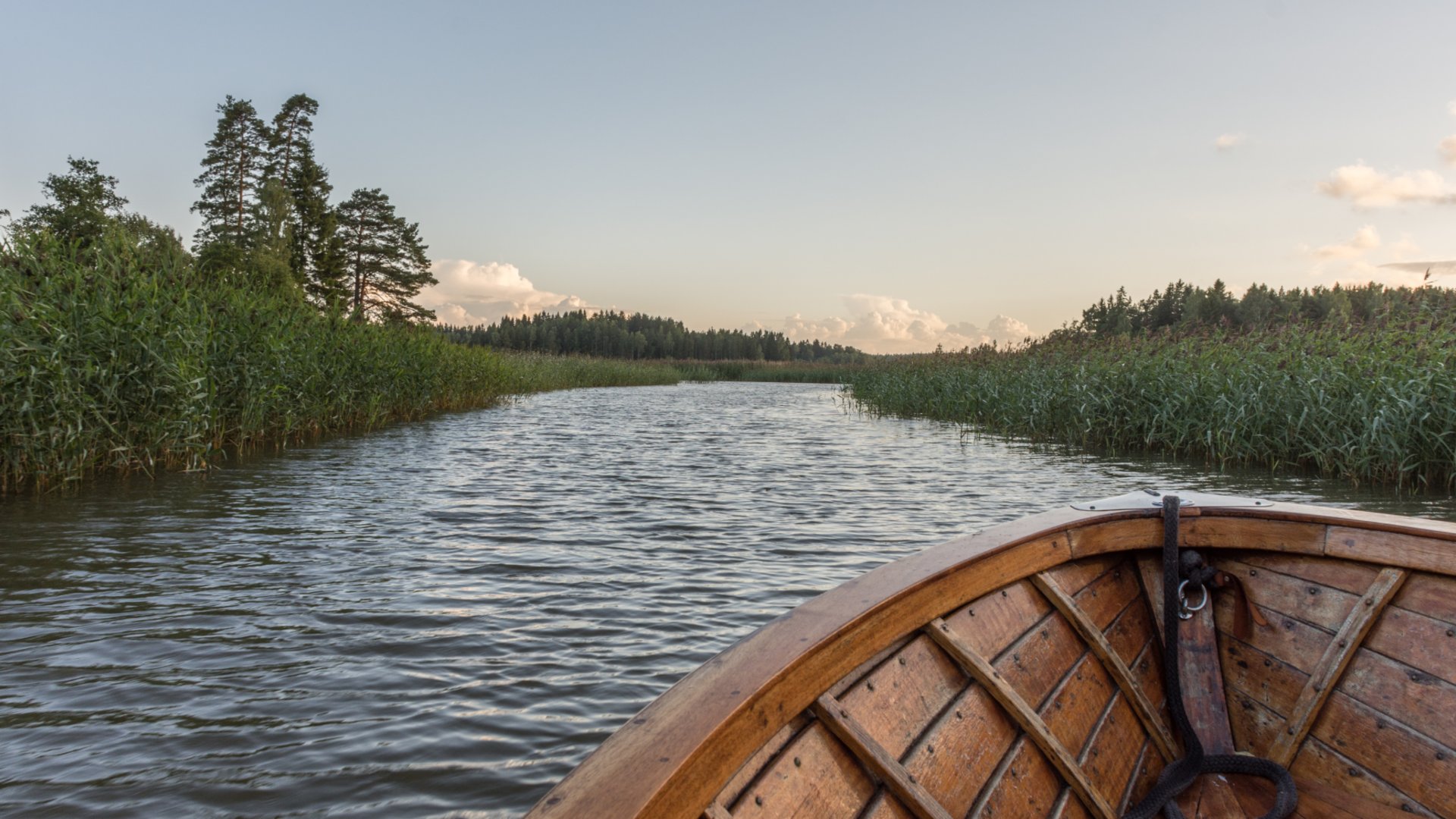
Whatever route you decide to take, why not end your walk with a trip to a sauna? Kick back in the Sipoo River Traditional Sauna, for example, before plunging into a cool water pond.
Just nearby, Nuuksio National Park offers another way to experience Finland’s wild beauty. In this area, there are over 30-kilometres (18-miles) of way-marked trails, including the Maahisenkierros Circle Trail, which has views over the park’s lakes and forests.
In summer, you can join the locals who swim, kayak and packraft in these lakes and ponds.
- Head outdoors on a Finnish summer trip
- Related: Best places to go in Northern Europe this year
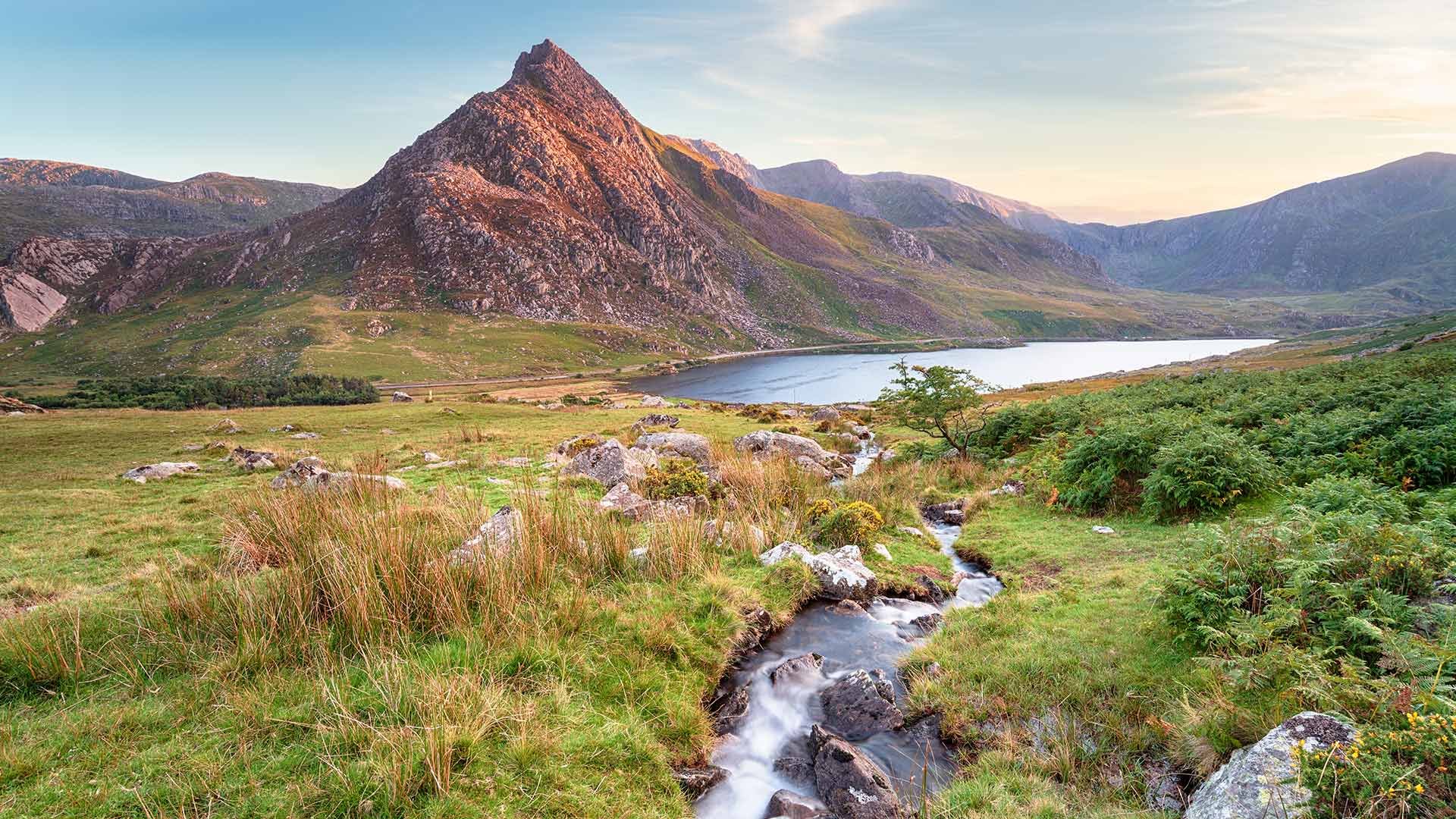
10. Eryri (Snowdonia) National Park, Wales
Venture to the northwestern tip of Wales and you’ll find Eryri National Park. Previously called Snowdonia, the park’s official name was changed to the traditional Welsh in 2022. You’ll soon notice that preserving language and heritage is a priority here. 58% of Eryri’s population speaks Welsh as their first language.
This is the place for mountain lovers. Eryri is best known for its 9 distinct ranges. Its highest peak, Yr Wyddfa (Snowdon), is the tallest mountain in Wales.
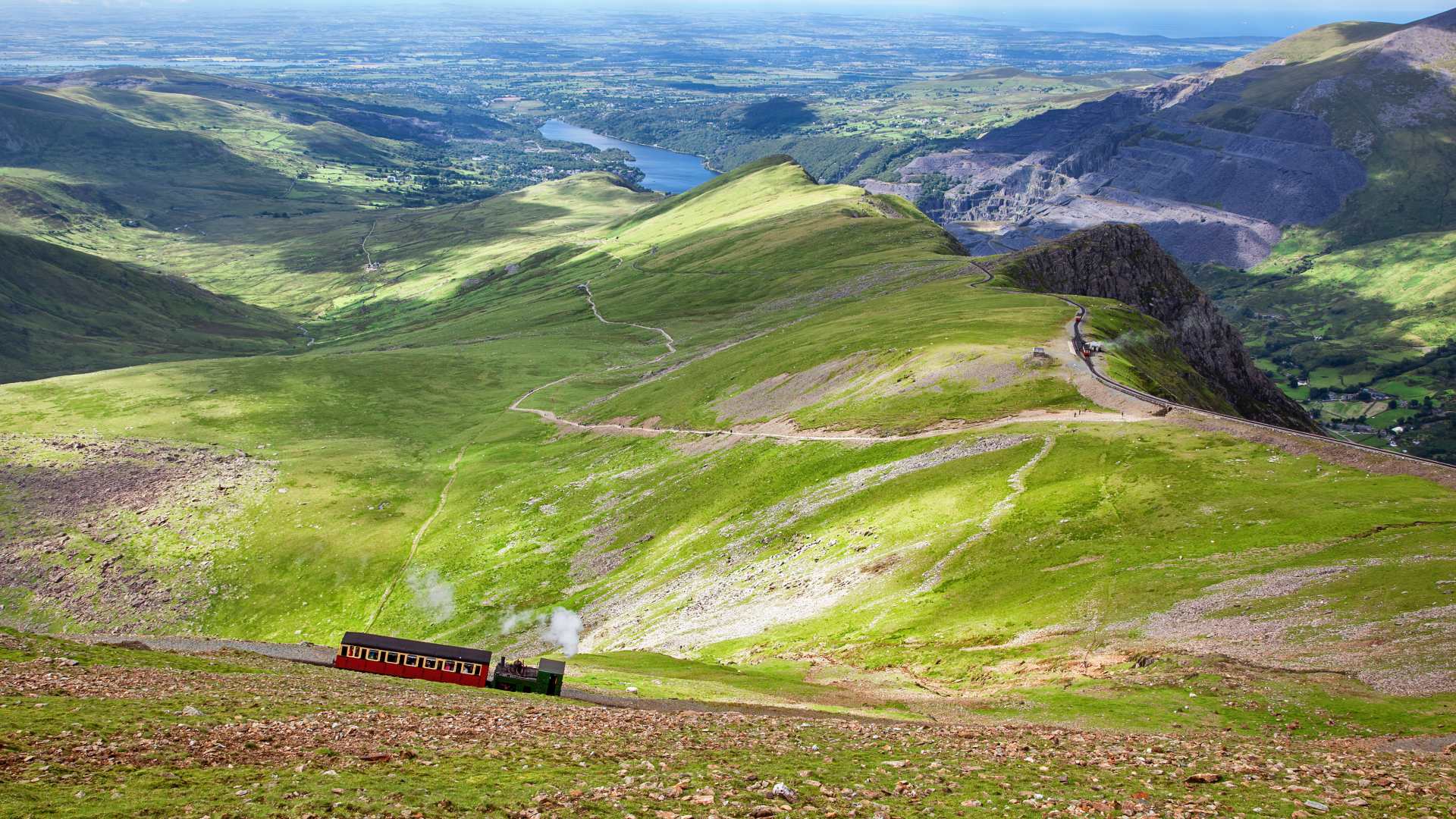
If you’re keen for a challenge, hike the 3,560-feet (1,085-metres) to the summit. Or, take the Snowdon Mountain Railway, which travels right to the top. This way, you can see the dazzling views without leaving your seat.
This park is not just about mountains, though. Eryri is also home to wildlife-rich estuaries and miles of stunning coastline. Grab your binoculars and head to the beaches to spot seals or porpoises. Or visit Llyn Tegid, Wales’ largest natural lake, for paddle-boarding and canoeing.
- Visit Wales on a UK self-drive tour
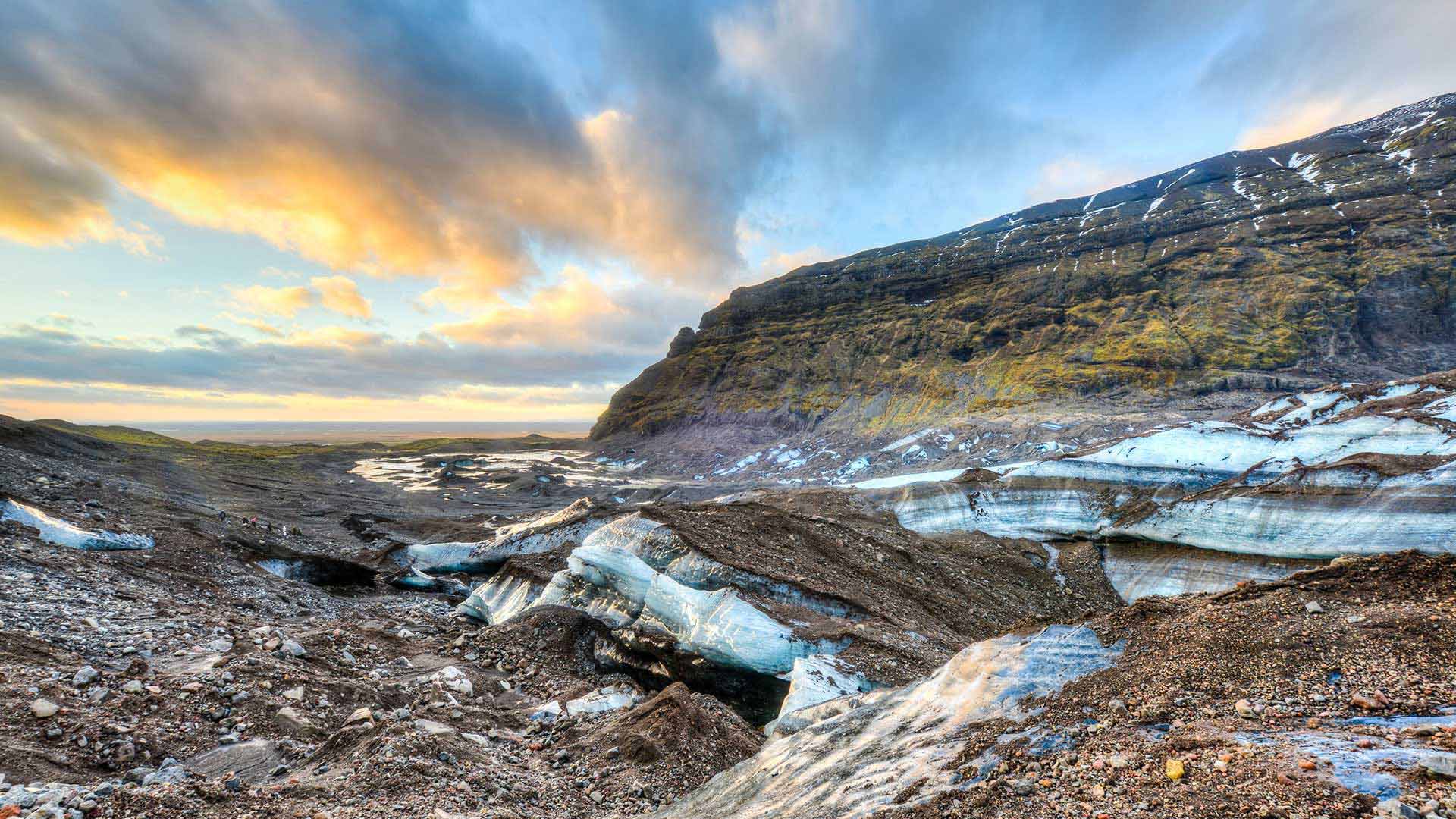
Experience the best of Europe’s national parks
With epic landscapes, diverse wildlife, and fascinating cultural experiences, you’ll find something to inspire you in Europe’s national parks. All you have to do now is plan your trip!
Let Nordic Visitor organise a getaway of a lifetime. With every tour package, you’ll get handpicked accommodation, local transport, daily breakfast and more, all arranged for you to make your trip seamless. A dedicated travel consultant will craft your itinerary and handle the details so that you can focus on the fun part – soaking up the scenery.
Explore these European summer tours, and choose how you want to get around. If you like to stop whenever something catches your eye, a self-drive tour would be a good fit. Alternatively, for in-depth local knowledge, join a small group trip or consider a privately guided tour.
Get in touch with us to start planning your trip. Europe’s national parks are calling!
